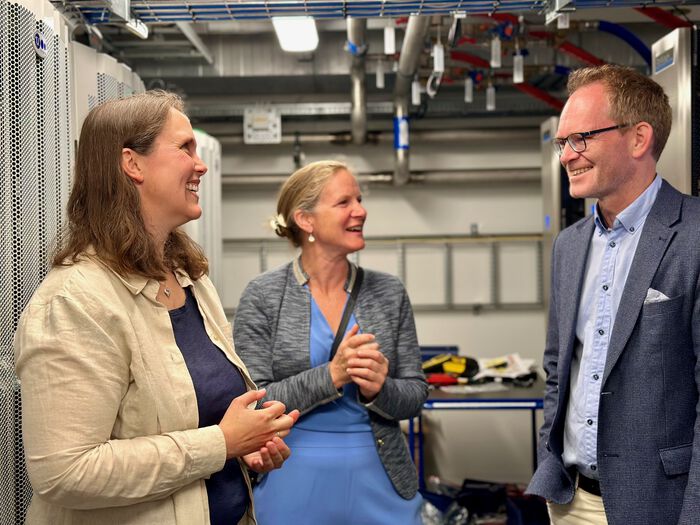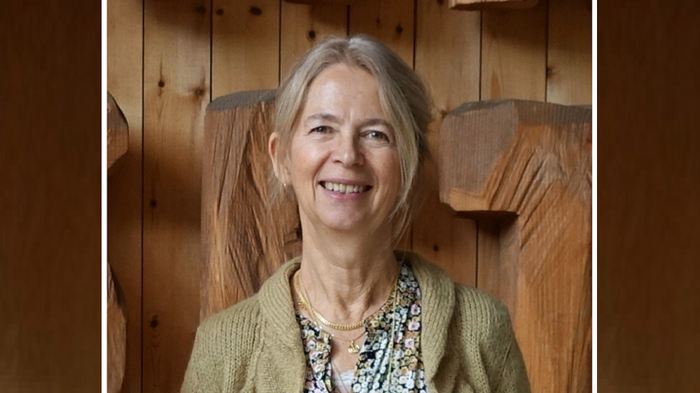
A new controversy has sparked the climate change debate.
A team of experts on carbon budgets recently published a study in Nature Geoscience that is stimulating mixed reviews, controversies among scientists and confusion in the media.
In short, the authors of the study presented a new calculation of the amount of carbon dioxide the world could still emit (so called carbon budget) while limiting the global warming to 1.5 oC – the target set by the Paris Climate Agreement.
The new study wanted to investigate a discrepancy between previous predictions and actual data. The Intergovernmental Panel on Climate Change (IPCC) used climate models to relate the total amount of carbon dioxide emitted with global warming. From these models, the predicted temperature in 2015 was expected to be about 1.2 oC above that registered in 1870. Instead, the measured temperature in 2015 resulted only 0.9 oC higher, meaning that the world experienced more carbon emitted and less global warming than the models predicted.
Recalculating previous models
To adjust this discrepancy the new study in Nature Geoscience proposes to recalculate the previous models starting from the observations data for 2015 rather than using the pre-2015 cumulative carbon emissions since 1870, as in the IPCC models. The result of the new simulations show that the carbon budget would last a few decades before reaching the 1.5 oC limit, not just few years.
And here comes the confusion. After the release of the scientific work, the media jumped immediately on the conclusion that the global temperature is not increasing as fast as predicted by the IPCC. So that the authors Millar et al., had to quickly clarify: “We find that, to likely meet the Paris goal, emission reductions would need to begin immediately and reach zero in less than 40 years’ time. While that is not geophysically impossible, to suggest that this means that measures to reduce greenhouse gas emissions are now unnecessary is clearly false.”
Dramatic cuts are still needed
The confusion is understandable considering the complexity of the topic and the disagreement between scientists on how to elaborate and interpret the data. However, it is important to stress that the new study – even with its revised carbon budget – confirms the need to dramatically cut the CO2 emissions for decades, aiming at zero emissions by 2050-2100.
This debate around a scientific publication makes me think once more how important it is for the scientists to communicate their results also to the society at large. Sometimes academic publications can be difficult to read for non-specialists. Especially when the topic has high political implications as in this case, a special attention should be paid on passing a clear message through, possibly using several means of communication in addition to the scientific papers.
More articles on Sabrina Sartori's blog




